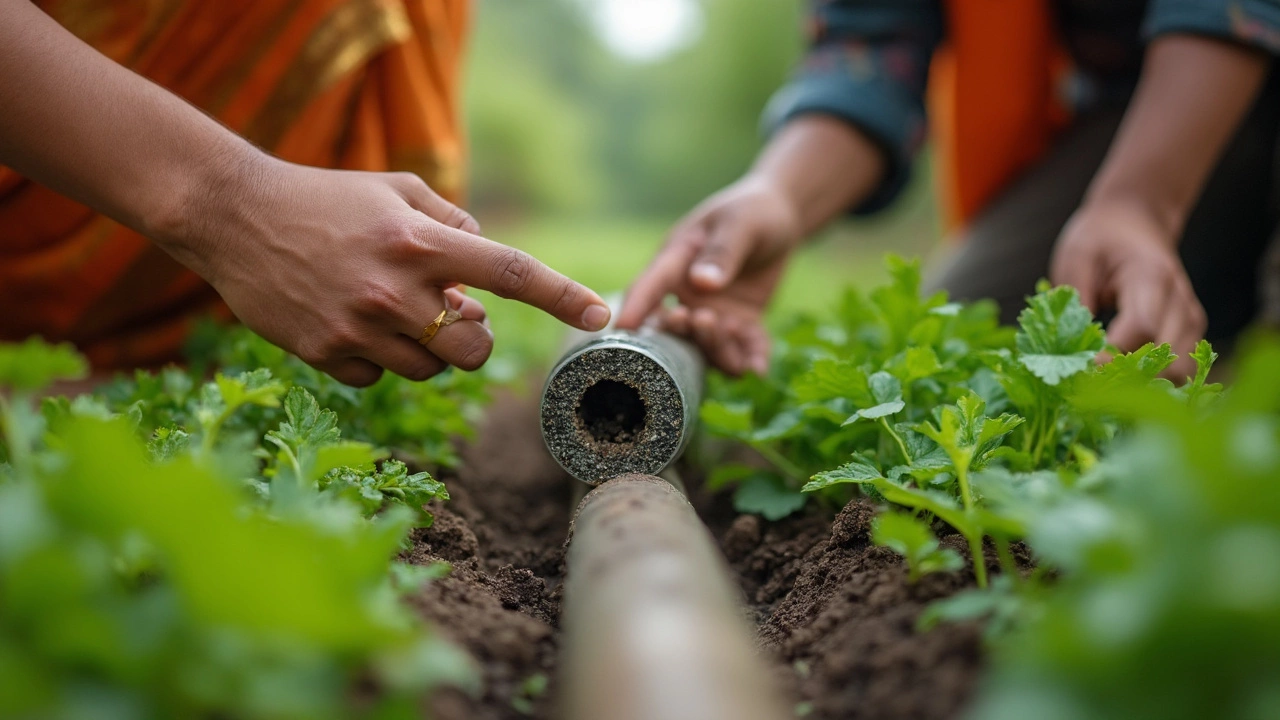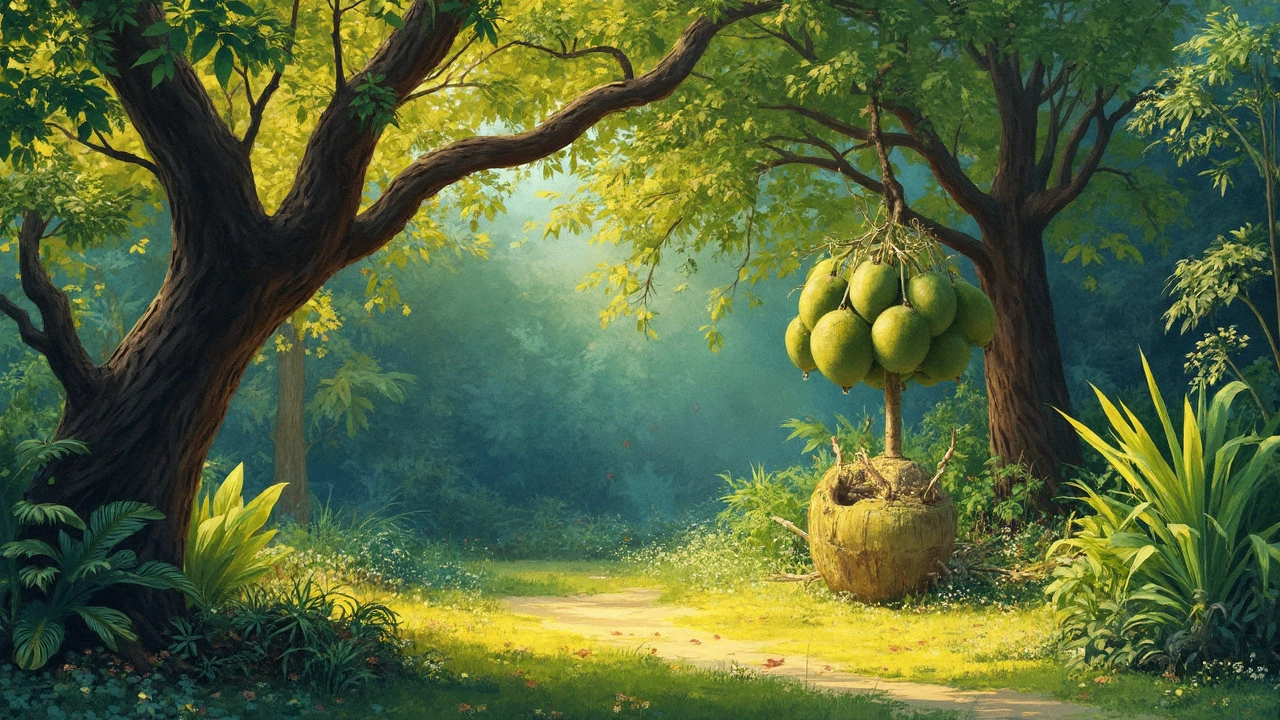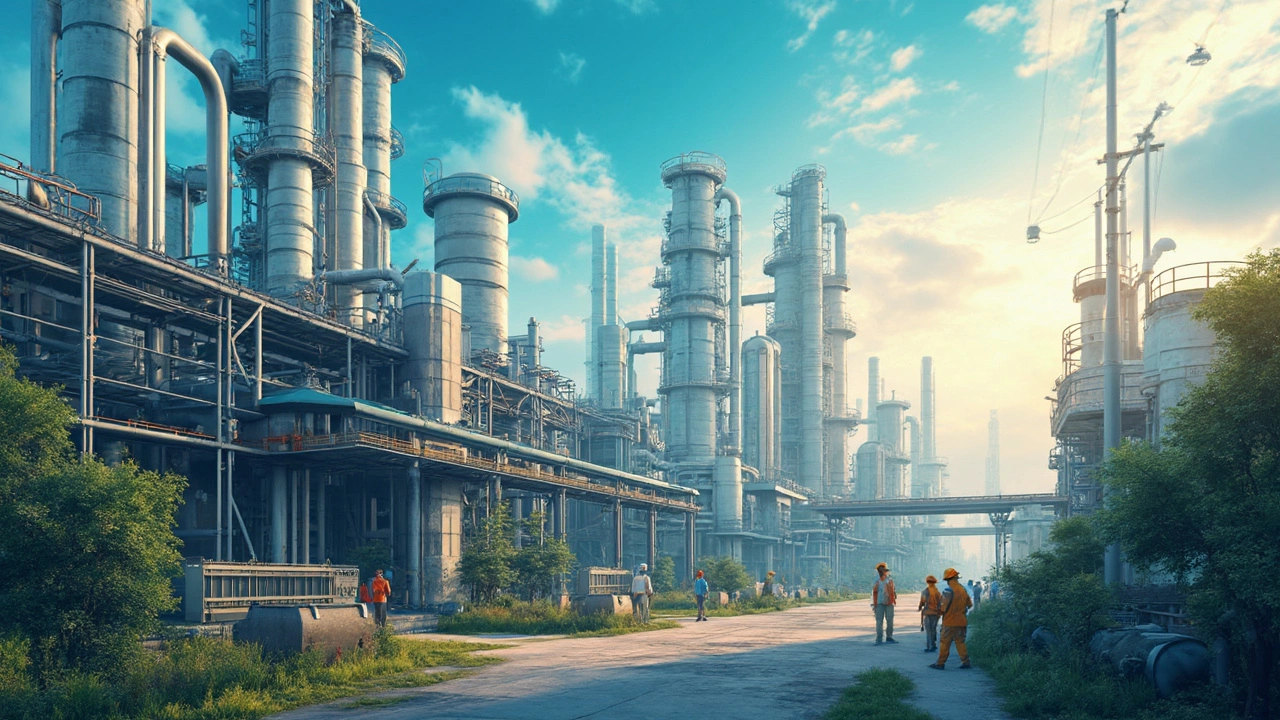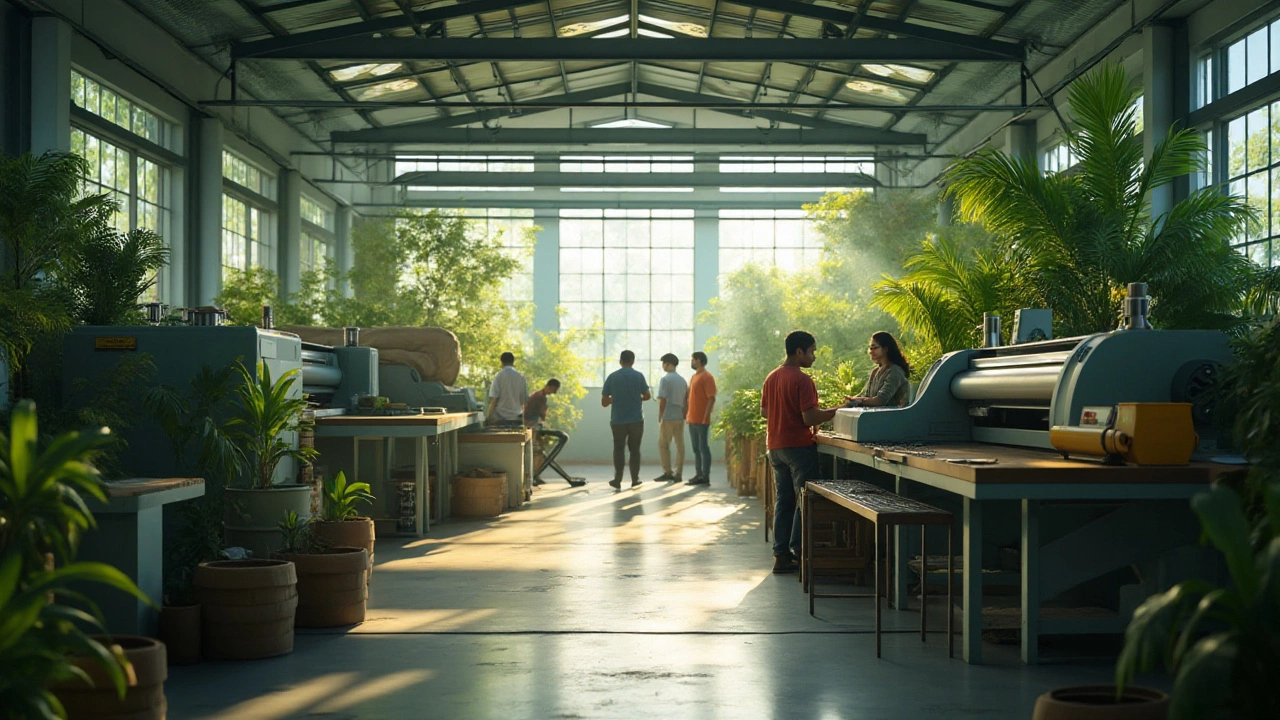Drip Irrigation Problems: How to Spot and Solve Common Issues
When working with drip irrigation, a low‑pressure watering method that delivers water straight to plant roots through tubing and emitters. Also known as micro‑irrigation, it helps conserve water and cut down on weeds. However, clogged emitters, blockages caused by mineral deposits, algae, or tiny debris that stop water flow and uneven pressure, differences in water flow that leave some zones dry while others stay soggy are the most common hiccups. These issues affect water efficiency, plant health, and the whole garden’s balance. drip irrigation problems often start with poor system design, low‑quality fittings, or neglecting regular maintenance. By understanding the relationship between the tubing network, pressure regulators, and the soil’s ability to absorb water, you can prevent most headaches before they appear.
Common Issues and Quick Fixes
Another key player in the ecosystem is mulch, a layer of organic or inorganic material spread over the soil surface. Mulch works hand‑in‑hand with drip irrigation by reducing evaporation, keeping soil temperature stable, and limiting weed growth. Yet, placing drip lines under mulch without proper spacing can trap air pockets and increase the risk of clogging. The remedy? Lay a fine‑mesh filter over the emitters before adding mulch, and check the flow after a rain shower or watering cycle. Soil moisture sensors are another powerful ally. When you install a soil moisture sensor, a device that measures how much water the soil holds and sends data to a controller, you get real‑time feedback on whether the system is over‑ or under‑delivering. Pairing the sensor with a smart timer lets you adjust flow rates automatically, dramatically cutting down on uneven pressure complaints. Remember to place the sensor at the same depth as the root zone of your most water‑sensitive plants for accurate readings. Pressure regulation is the backbone of a healthy drip network. A simple pressure regulator installed near the main faucet ensures every emitter receives the same amount of water. If you notice that far‑end emitters sputter while those close to the source gush, the regulator is either set too high or is failing. Replace it with a calibrated unit and re‑test the line after each adjustment. Lastly, routine flushing can save you from the dreaded clog nightmare. Once a month, disconnect the timer, open the main valve, and let water run through the system at full pressure for a few minutes. This high‑velocity flush dislodges sediment before it cements onto the emitters. Combine flushing with a brief soak of the filter media in a vinegar solution to dissolve mineral buildup. By treating these elements—emitters, pressure, mulch, and sensors—as interconnected parts of a single system, you turn a patchwork of problems into a manageable routine. Below, you’ll find a curated set of articles that walk you through installing a drip system yourself, using mulch effectively, and troubleshooting the most stubborn leaks. Dive in to turn your garden into a water‑smart oasis.
Drip Line Clogging: Why It Happens and How to Fix It
Clogged drip lines can turn a garden from lush to lackluster fast. This article breaks down the reasons your drip irrigation keeps getting blocked, from tiny bits of dirt to sneaky mineral buildups. Learn how water quality, neglected filters, and outside pests create headaches for gardeners. Get straight-to-the-point tips for preventing and tackling clogs. No more guessing—just clear, practical fixes so you can keep your plants happy.
- manufacturing
- India
- food processing
- garden tips
- rice cultivation
- government schemes
- balcony garden
- urban gardening
- balcony gardening
- profitable business
- business ideas
- plastic manufacturing
- drip irrigation
- plant care
- steel manufacturing
- sustainable gardening
- startup ideas
- steel industry
- flower gardening
- textile manufacturers






